Description
When I got this new, high-end Buffet Senzo solid copper alto saxophone in recently, I had no idea what to expect. I had heard good things, but I also am not used to thinking of Buffet as a pro saxophone maker in recent times. In short, I was extremely impressed!
I’m a fan of the vintage Buffet saxophones from the 40’s through the 70’s, and I wondered whether this would be like a good S1 alto, for example. It is, and it isn’t. The S1 was fantastic, but the Senzo is a whole different level. It is extremely refined. Where some saxophones make you work to get an interesting tone, the Senzo just produces it without any fuss. This is no ‘clear, bright, generic’ tone like you get on most modern altos. It is centered, with a distinct core that your ear can easily follow. And the copper gives it its own special magic. This is hard to put into words. If you read around on this site, you’ll see that I never make claims about the effect of the outside finish on a saxophone’s tone. By contrast, when you change the base material, of, say, a Yanagisawa alto neck (or a whole horn) among brass, bronze, copper, solid silver (or even plastic!) the effect on the tone is immediate, dependable, and obvious. We don’t really have a vocabulary for these timbral differences, so I’ll do my best. Compared to brass (most saxophones) copper gives you a rich, vibrant, focused sort of projection, and tons of richness both at low and high registers. If brass is Elton John, copper is Freddie Mercury. Silver is noticeably darker, more focused, and has more overtones. Bronze is darker and richer than brass but not as punchy as copper and not nearly as focused and overtone-y as silver. Whew, that was not really satisfactory, but it’s a start towards explaining why it’s worth making a saxophone out of copper at all.
If you want to play jazz or just have an all around great alto, the Senzo is surprisingly great at that. It tunes well with a Meyer style piece, which cannot be said of the modern Selmer Series II or III altos by contrast. But it also really lends itself beautifully towards classical and ensemble alto playing. It tunes so well, and the timbre blends well, so it just gets the job done. I’m almost talking myself into keeping this horn, so I had better stop.
The only weirdness of the design is the way the high F# tone hole cuts through the neck tenon area, which means that you can’t move the neck right or left very much. The ergonomics feel like a Selmer or a Yamaha or whatever – modern, easy, and comfortable. This horn is in very good condition, and was just tuned up. The pads are in good shape and haven’t been played that much since it was bought new a few years ago. There was a little ding removed from near the C keyguard that is really hard to see. And there’s a little ‘acid bleed’ in a couple of places, which means just a bit of tarnish under the lacquer near a couple of post feet. All in all, it looks beautiful, and even better in person than in the photos. In case it’s not clear, that pink color is just the copper showing through clear lacquer, and the keys are regular brass. These altos are really exceptional, and I recommend them highly. Plus, it’s priced super low to sell quickly. Some lucky person will get a great deal. Here’s another review by a friend of mine, Paul Harr at The Saxophonist mag. https://www.youtube.com/watch?v=rwIyKeY4WWw
Only one available!

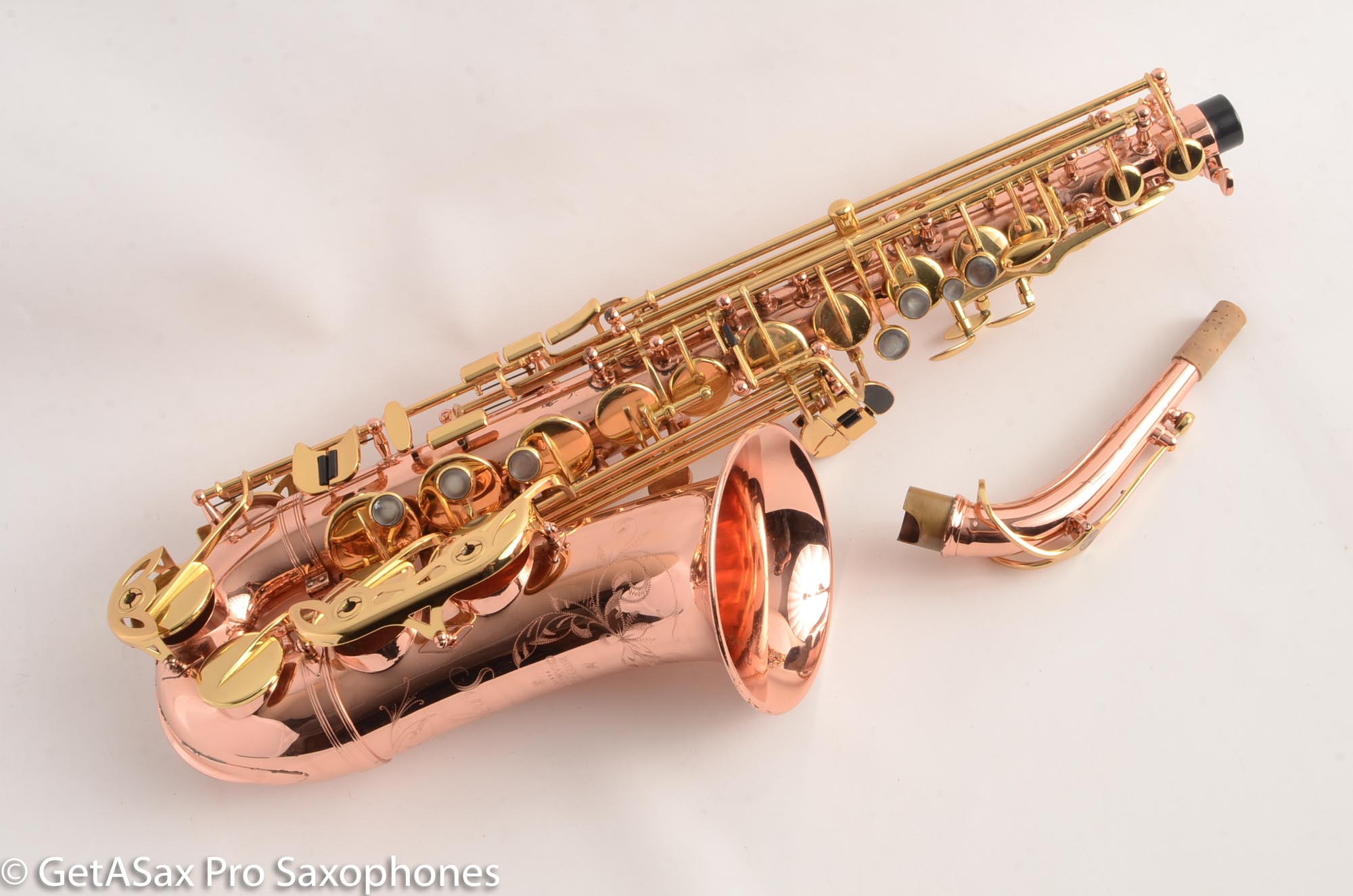


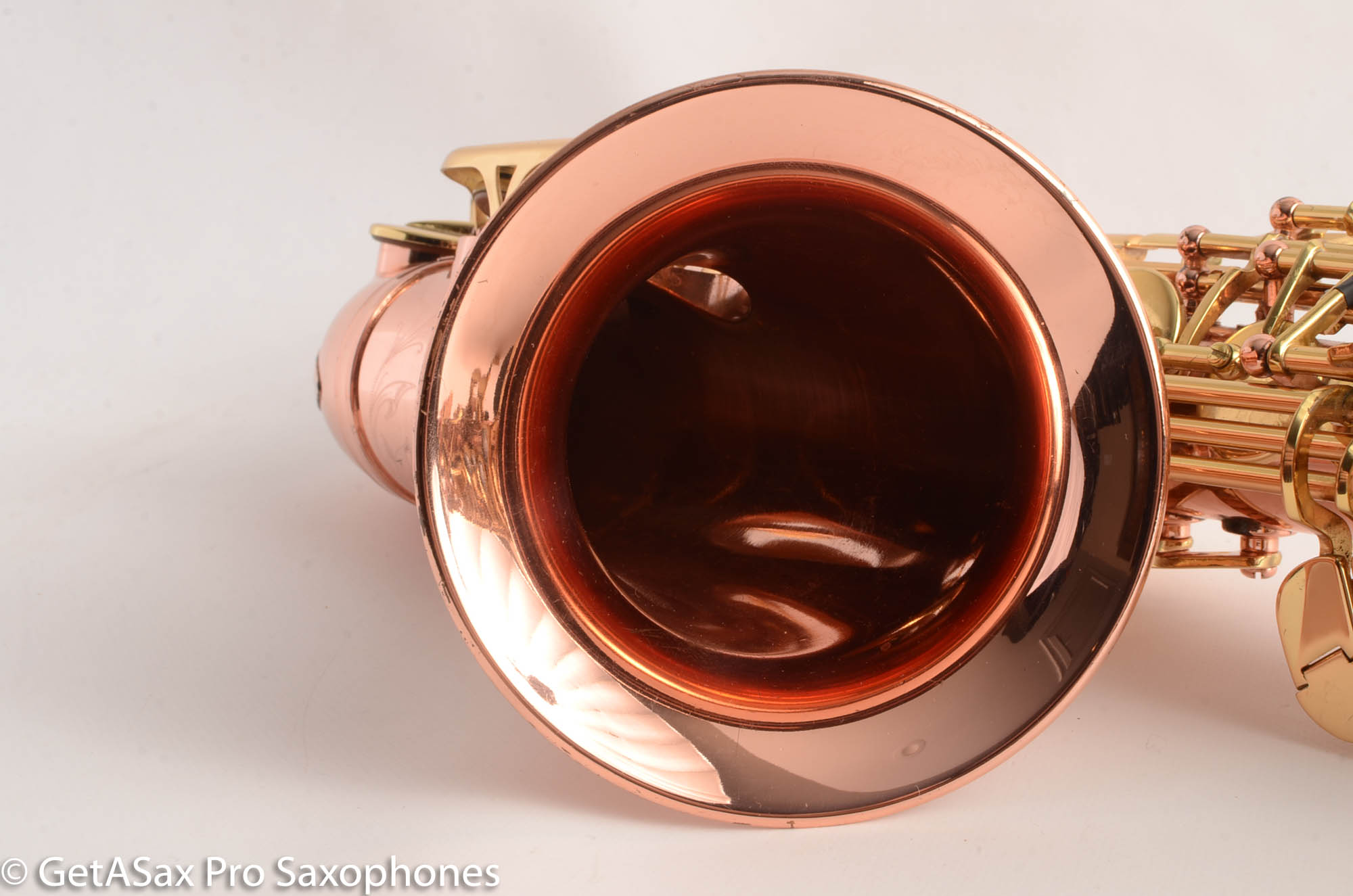
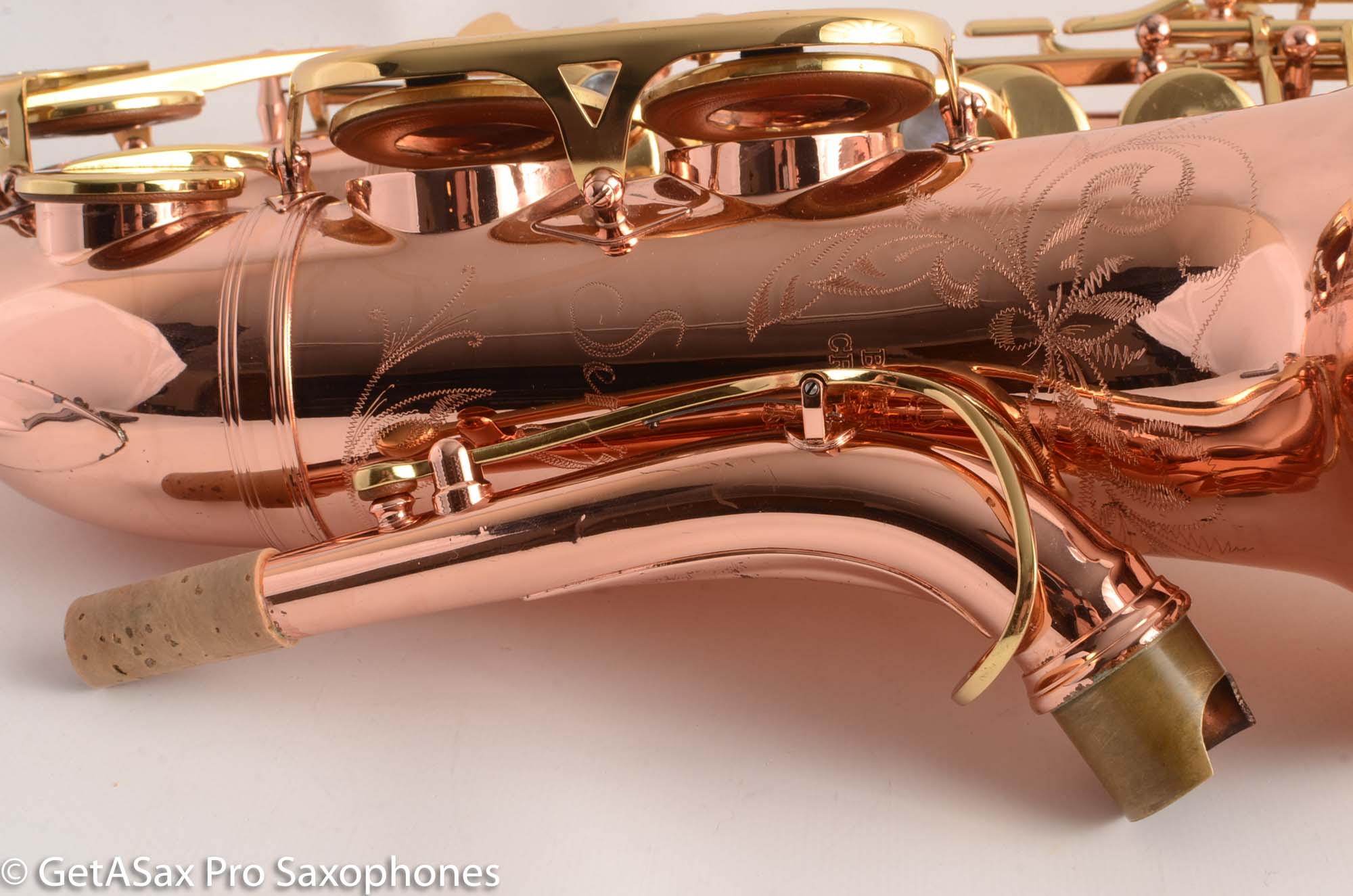
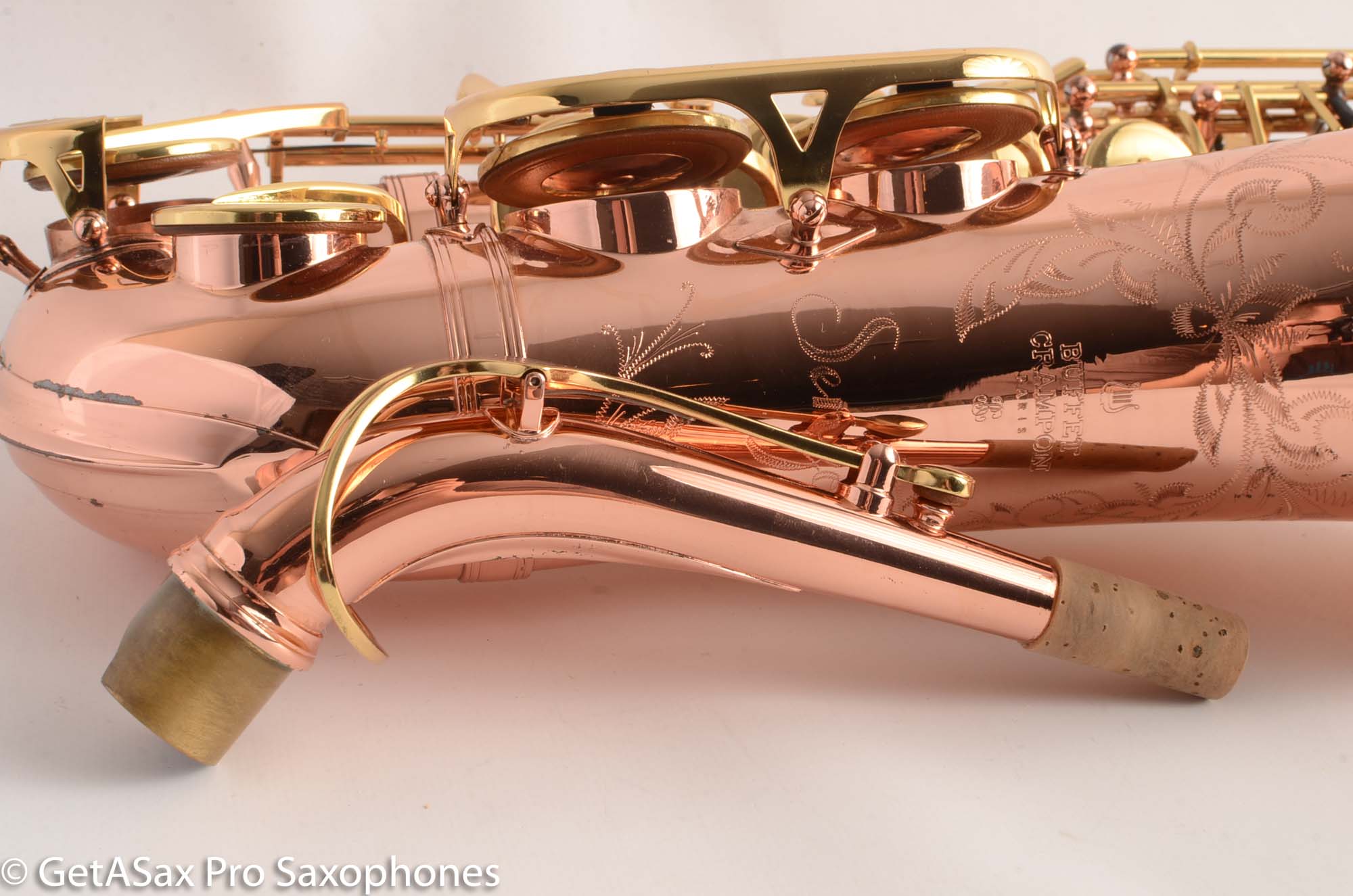
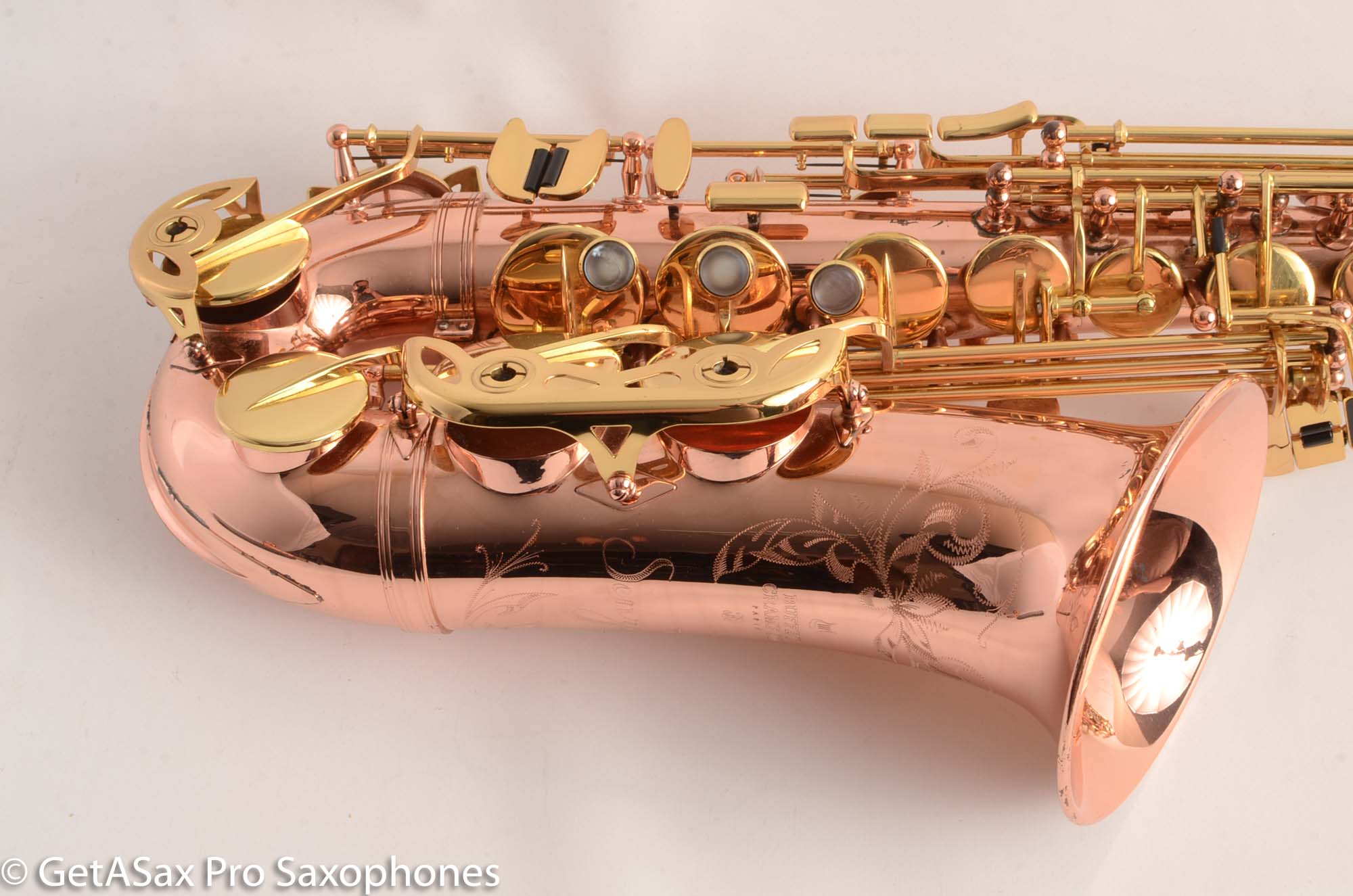

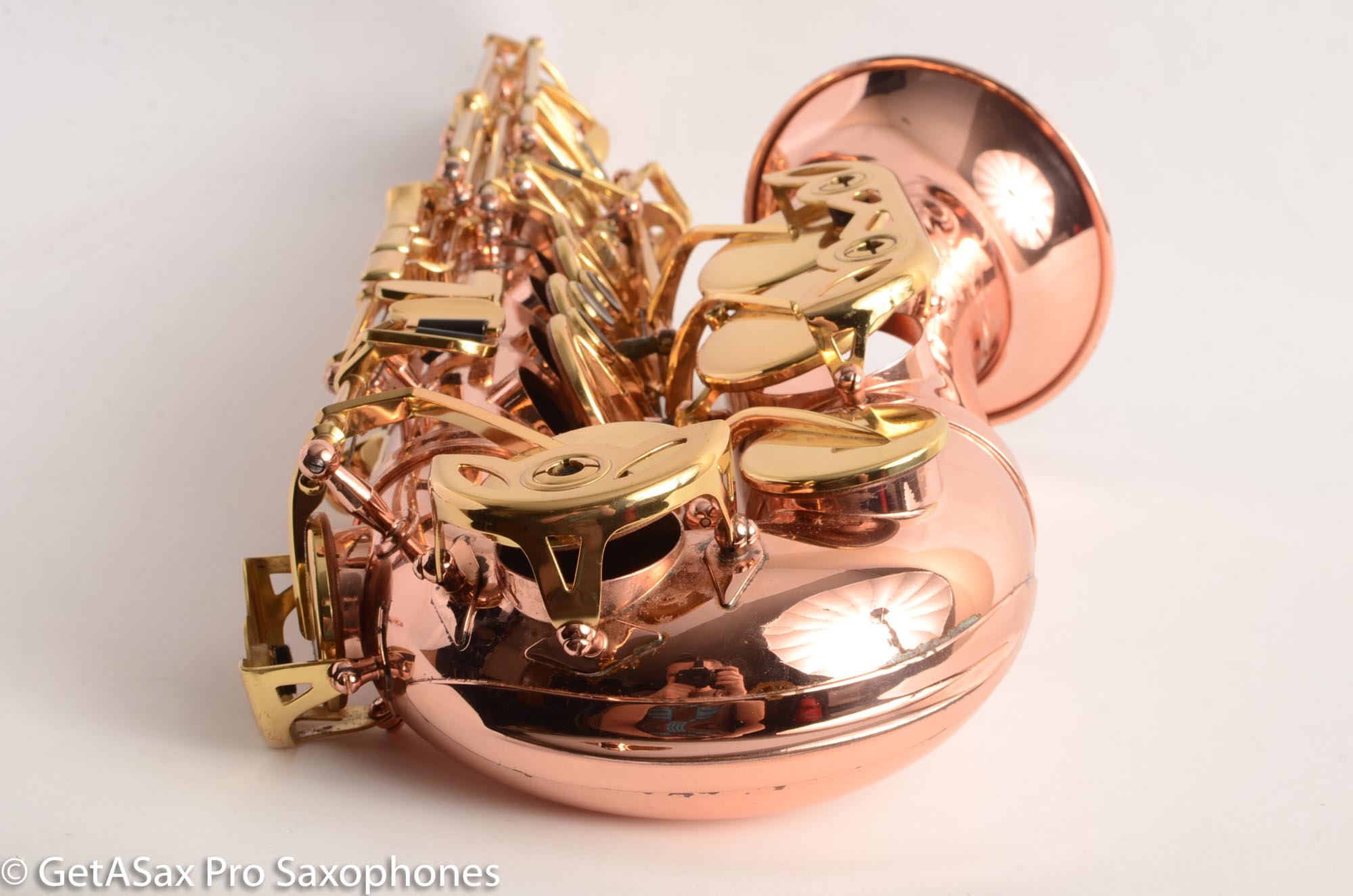
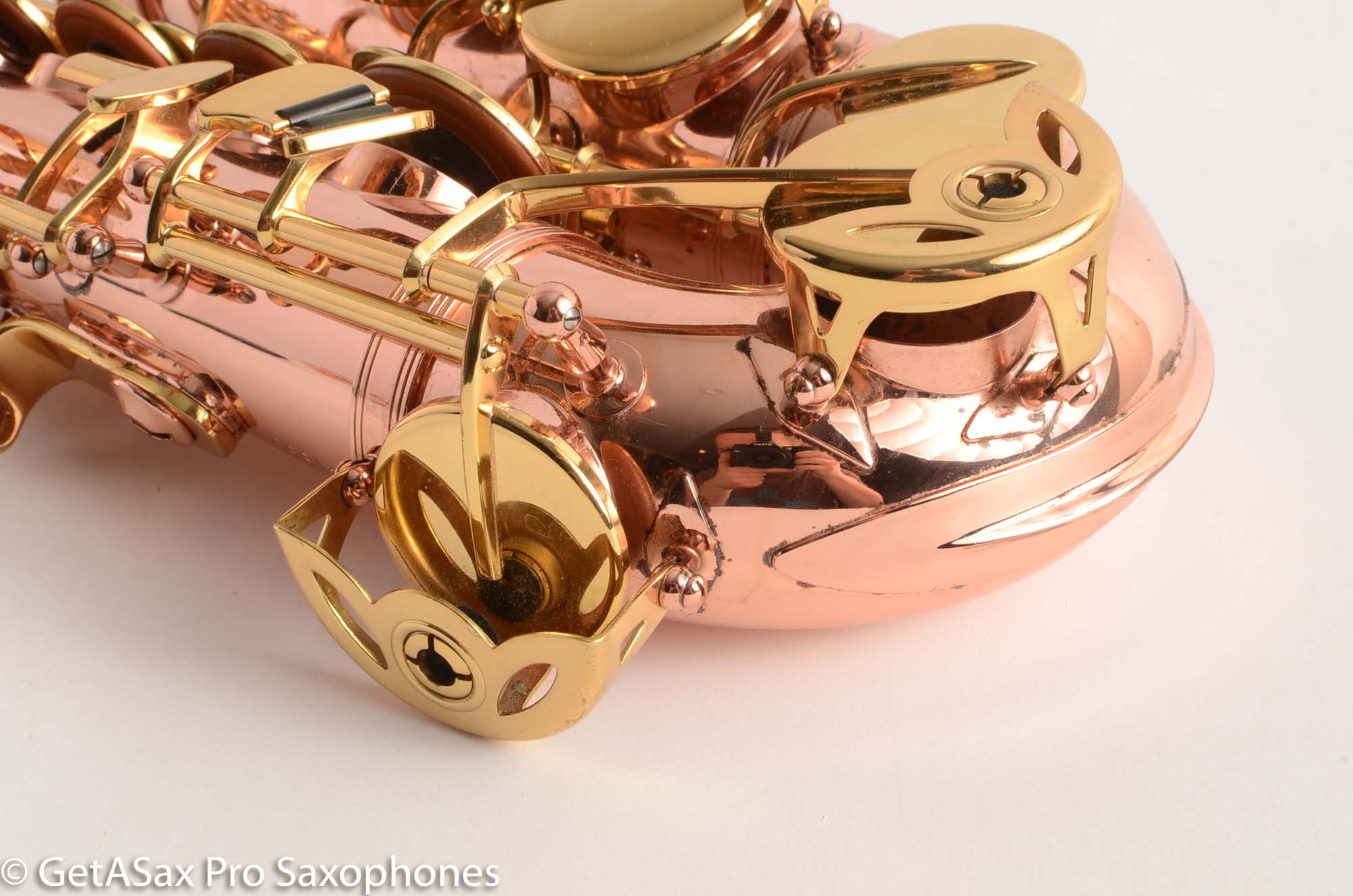
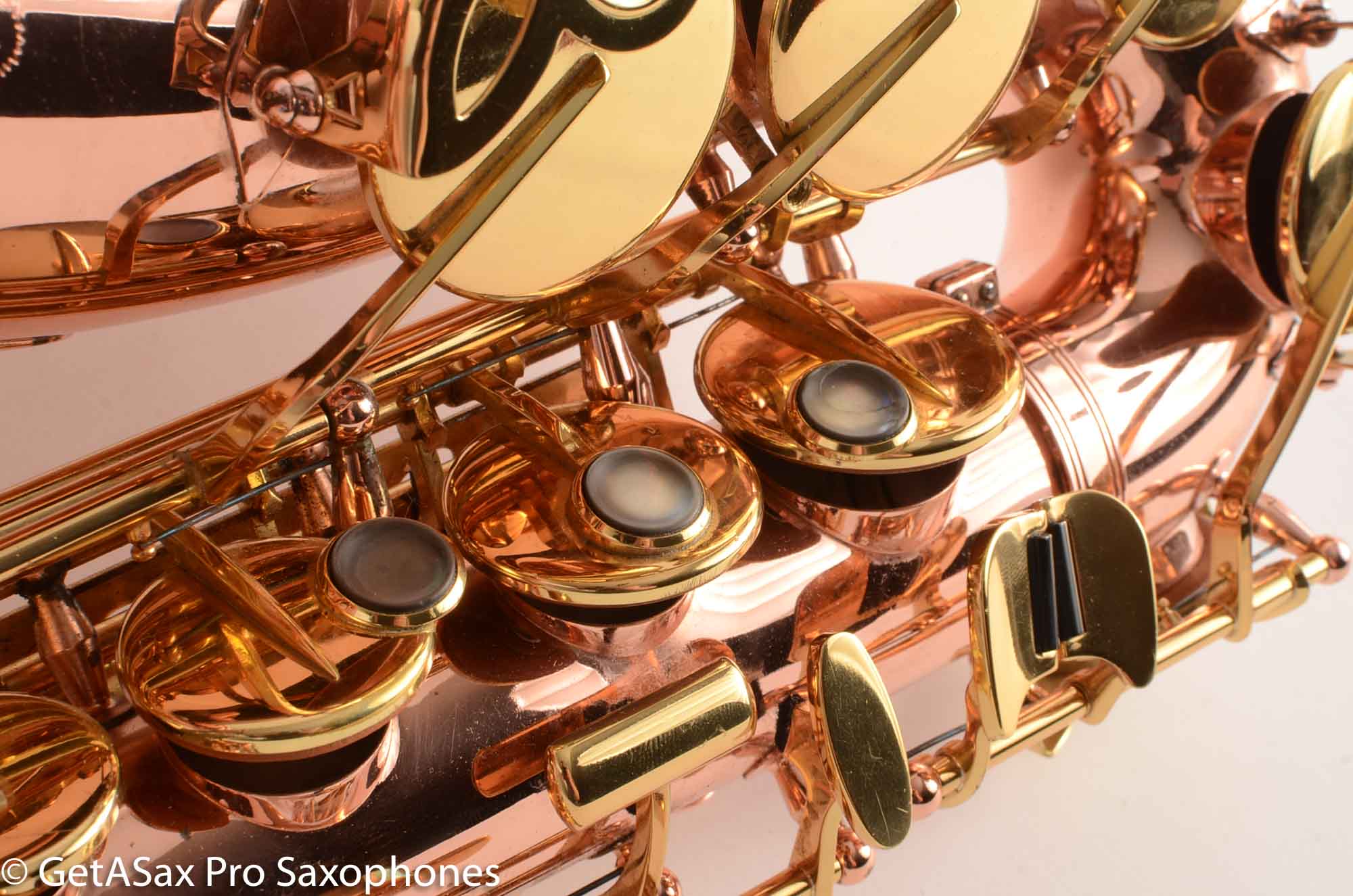
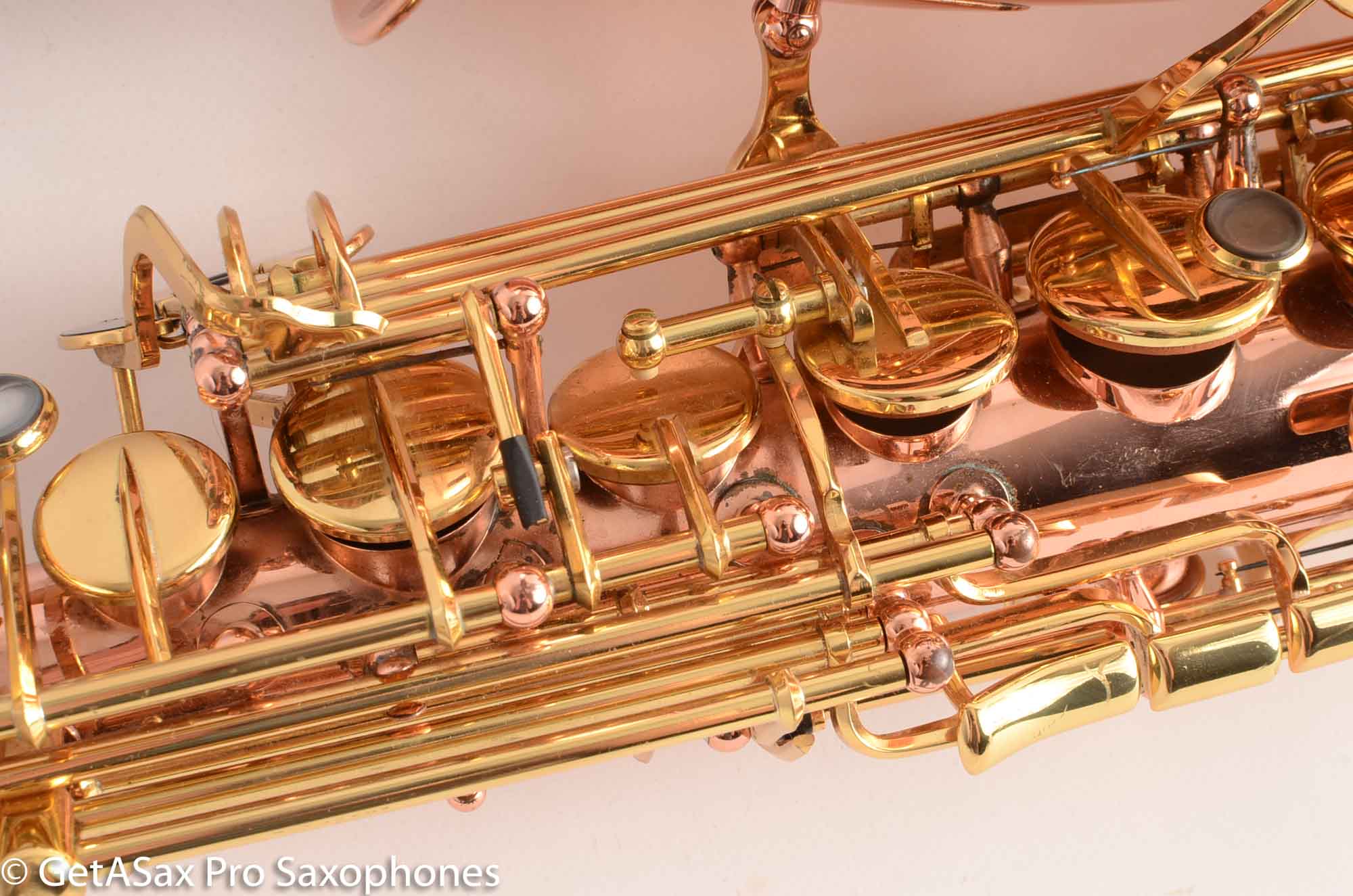



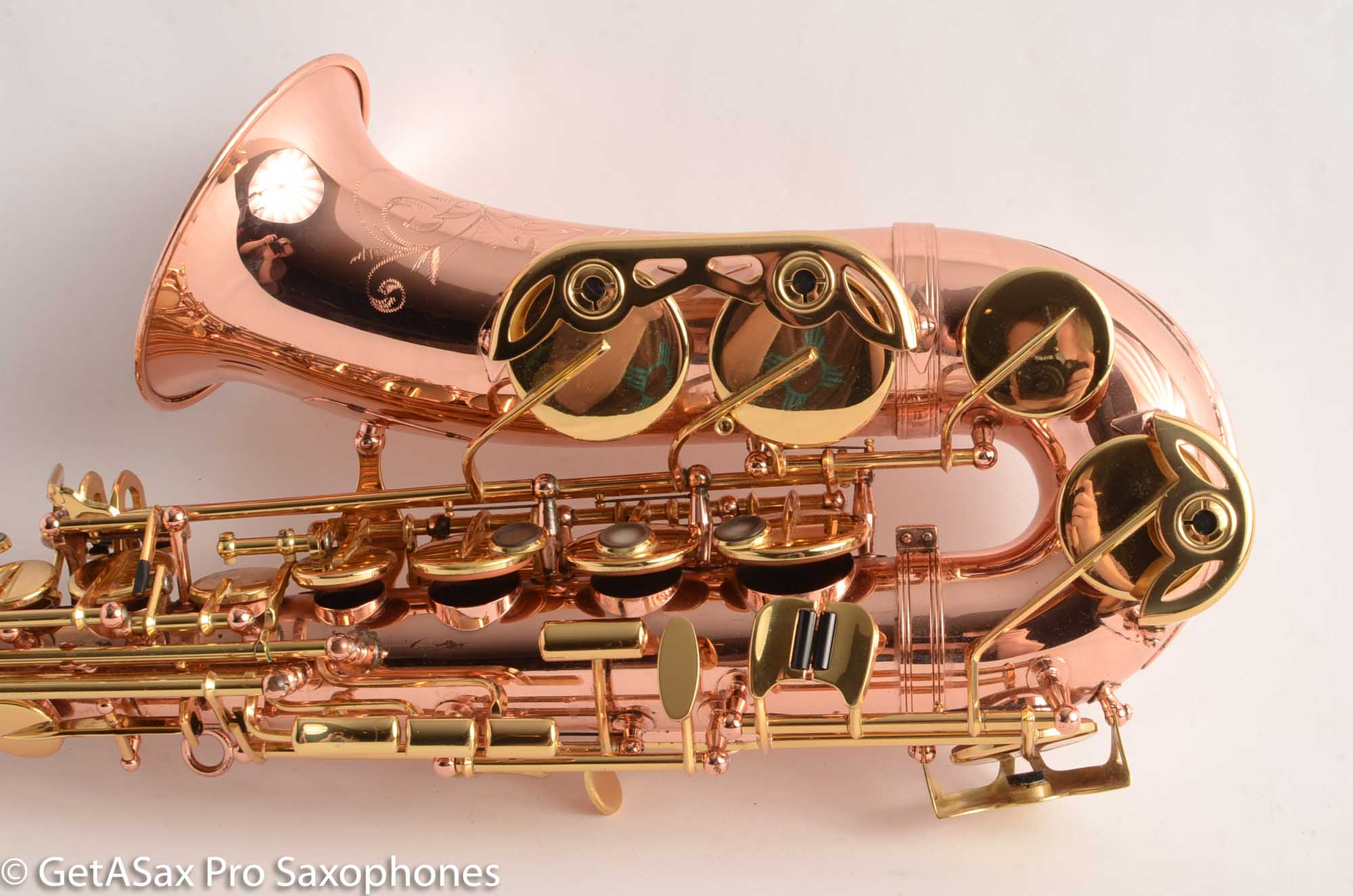
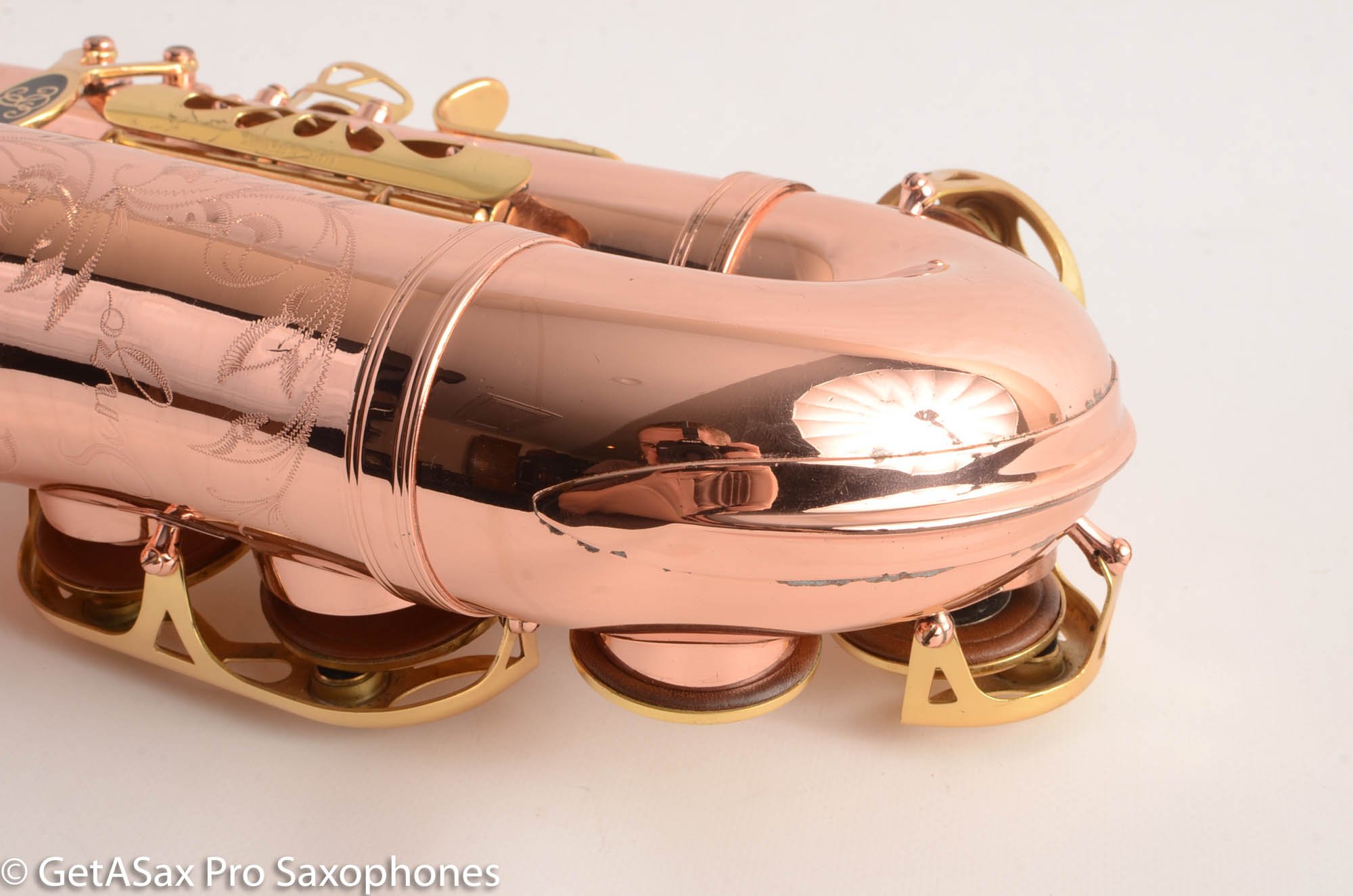
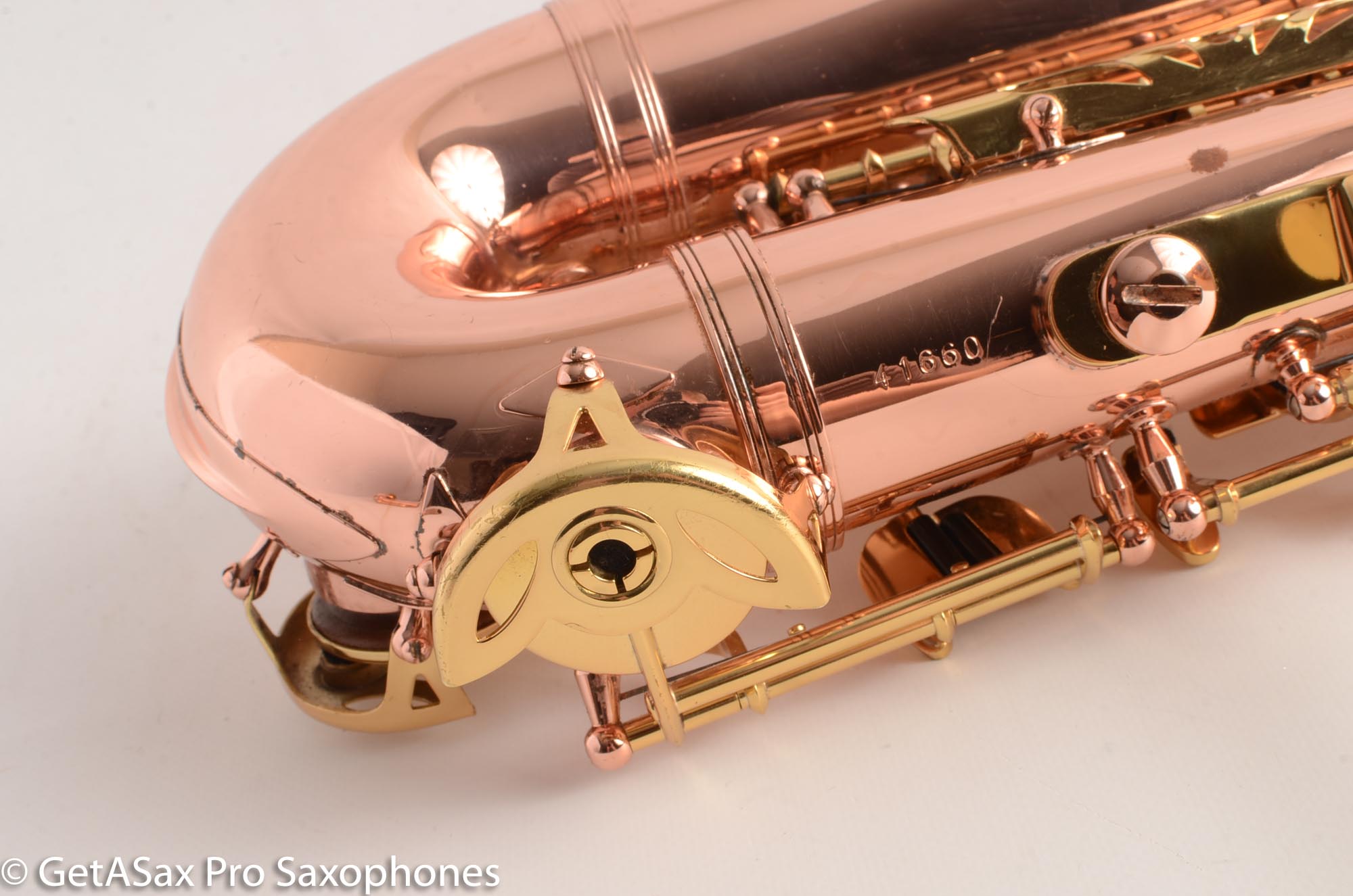

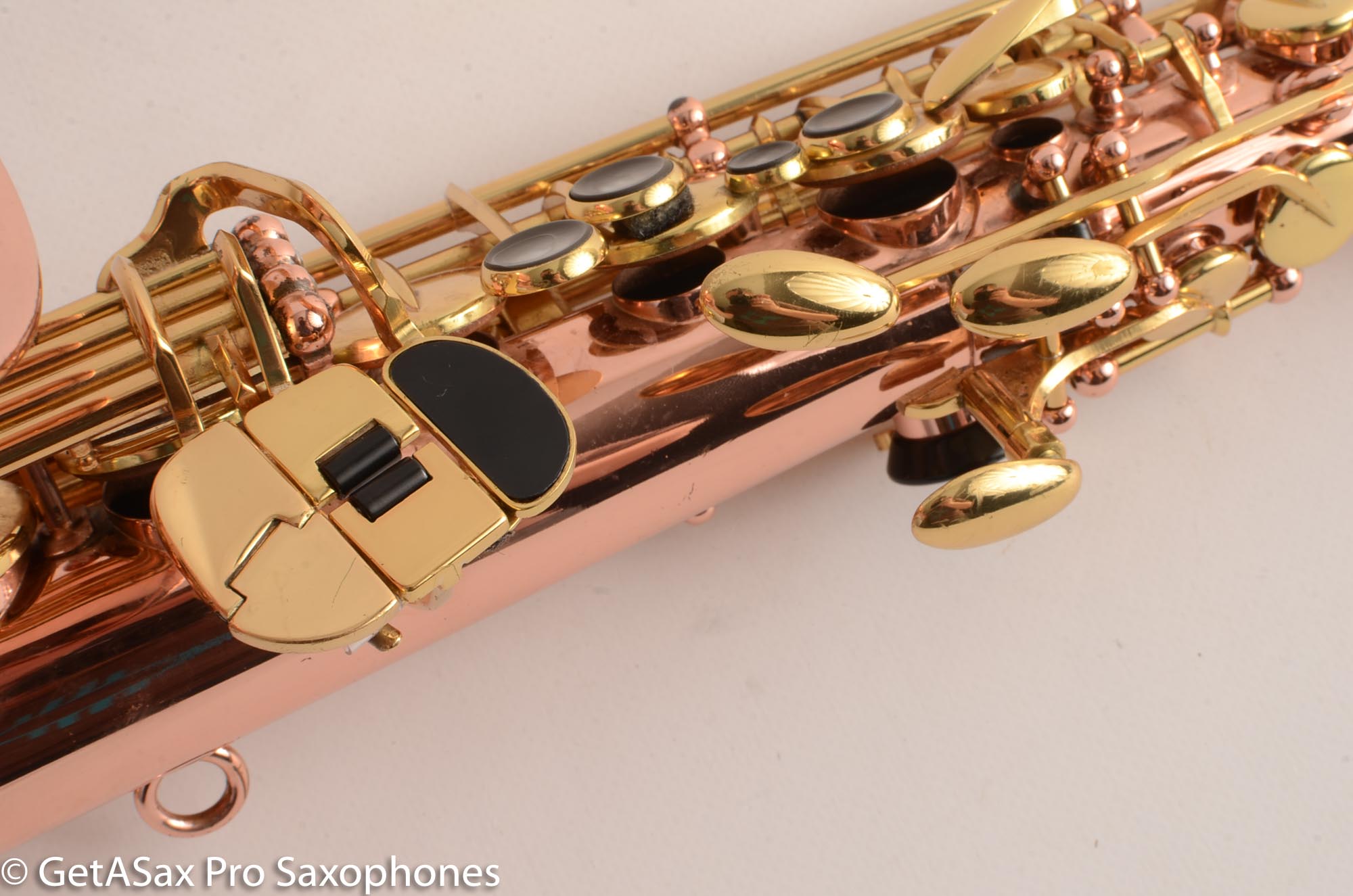
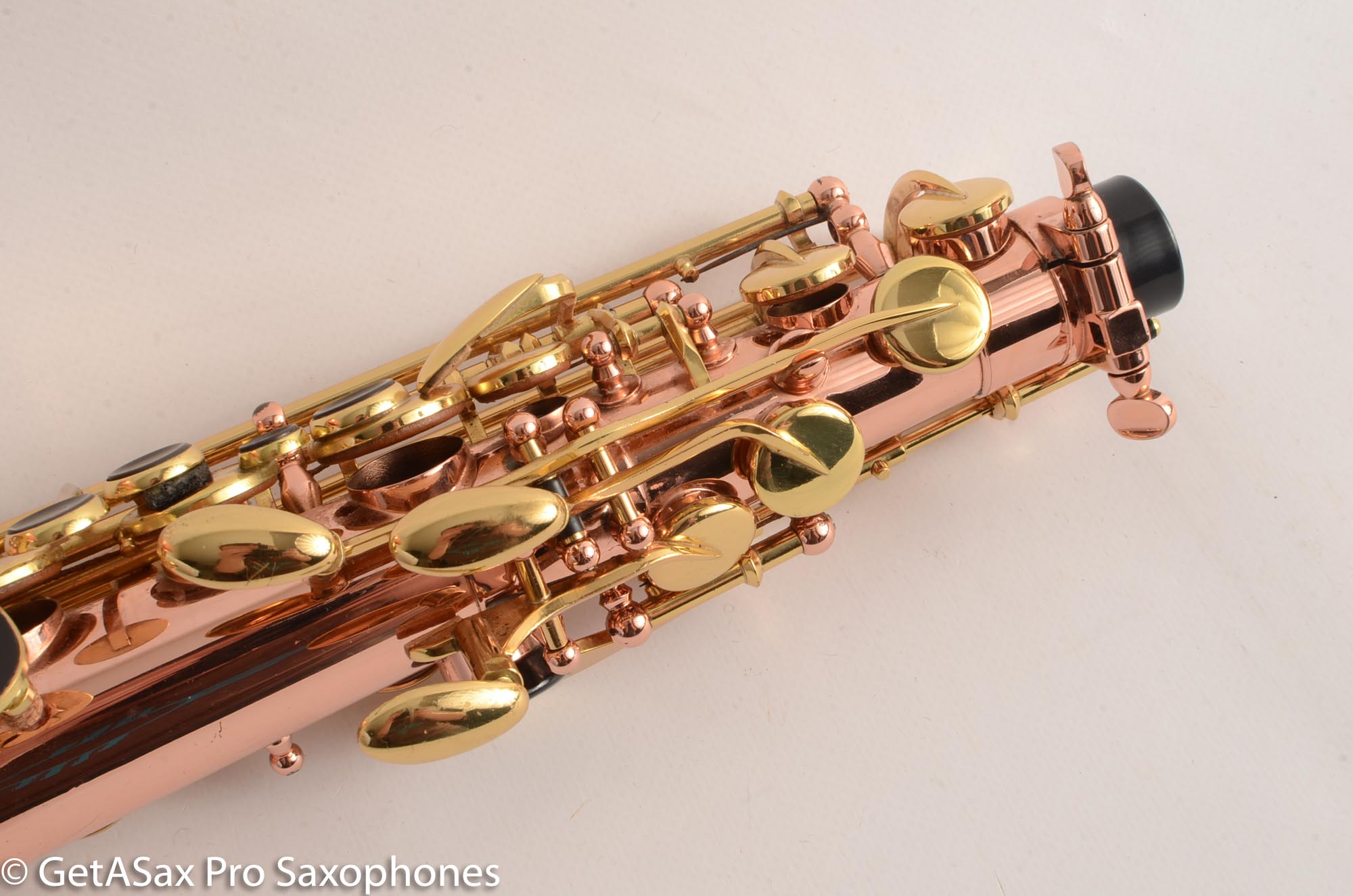
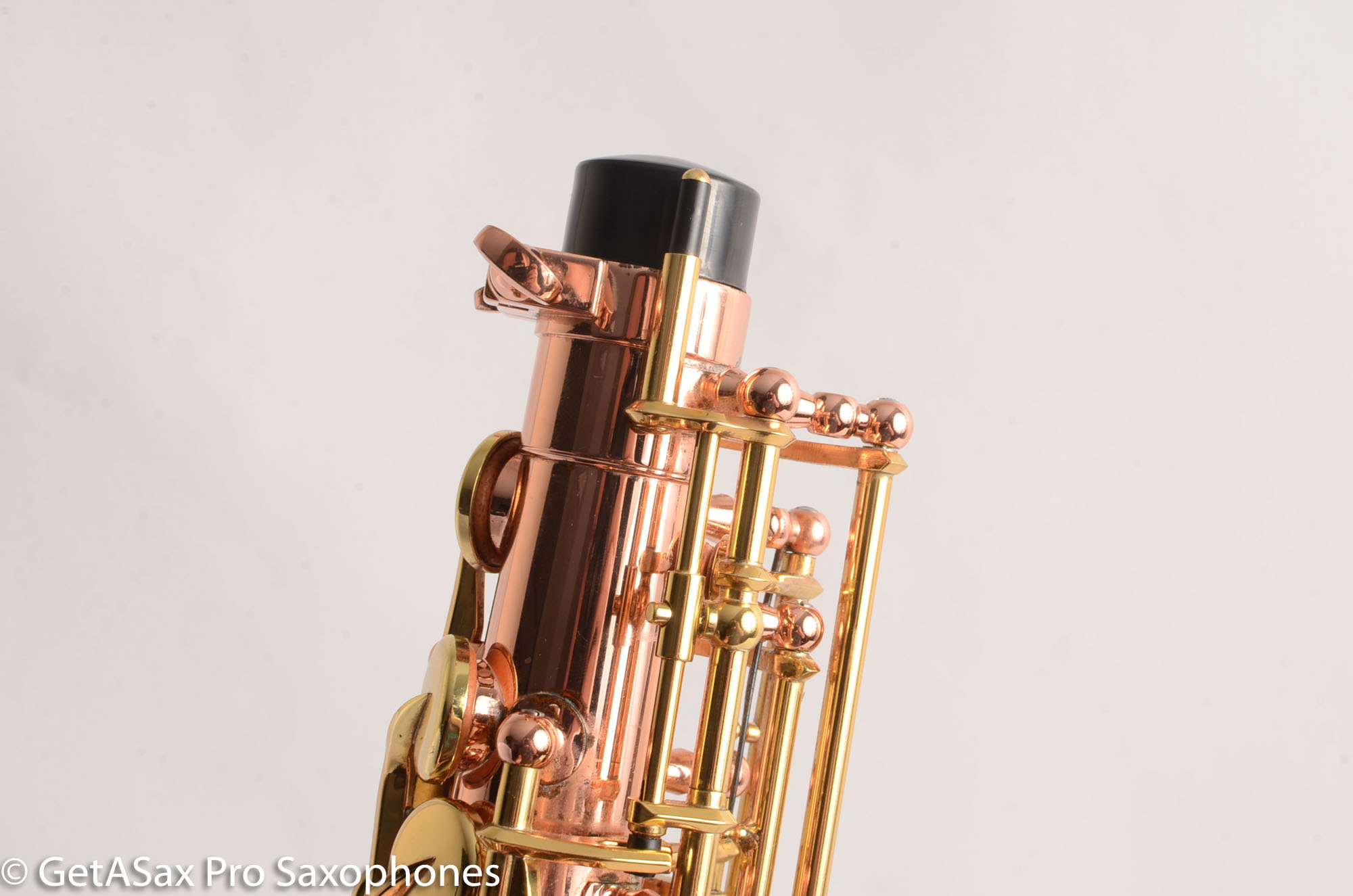
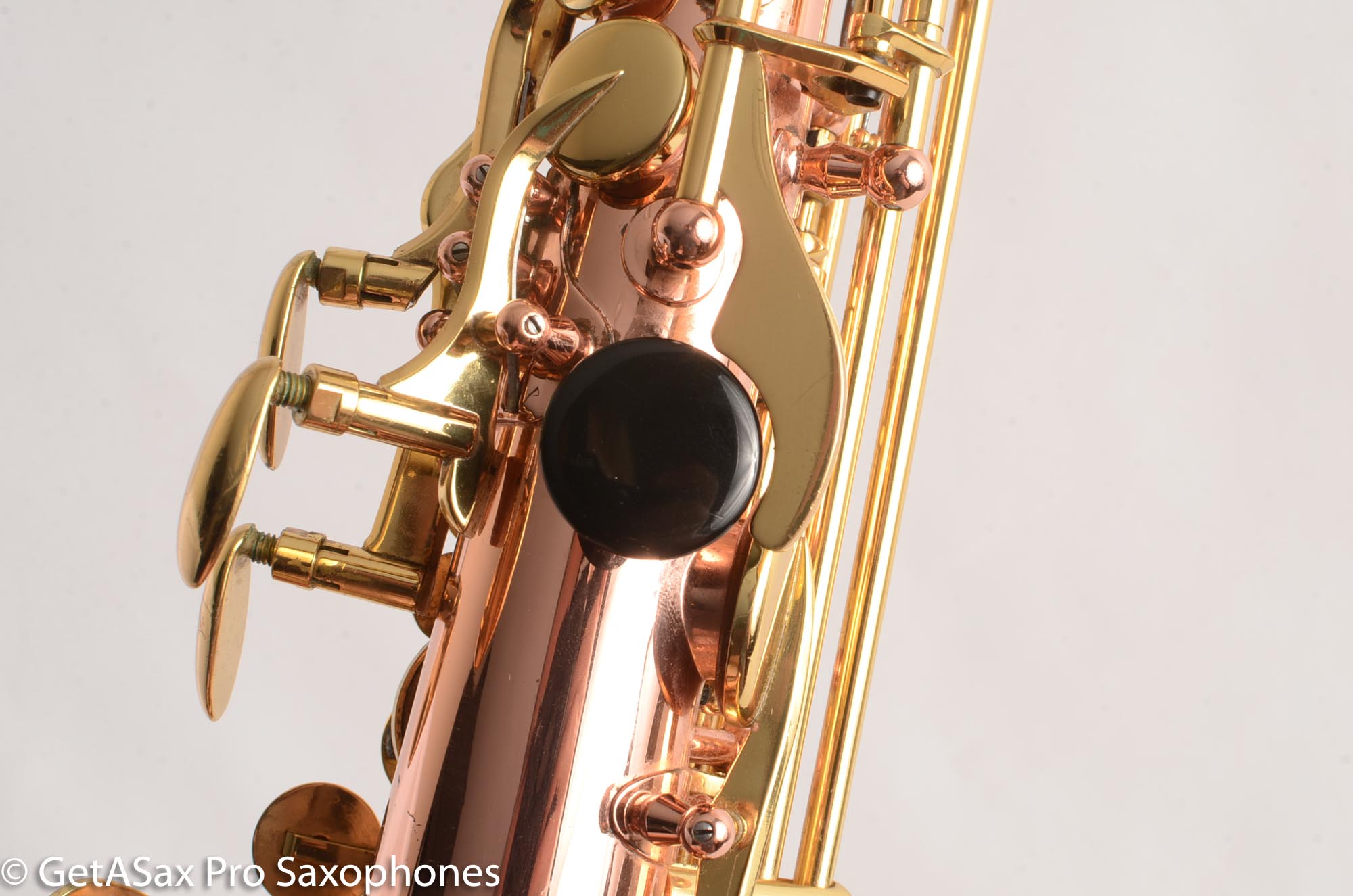

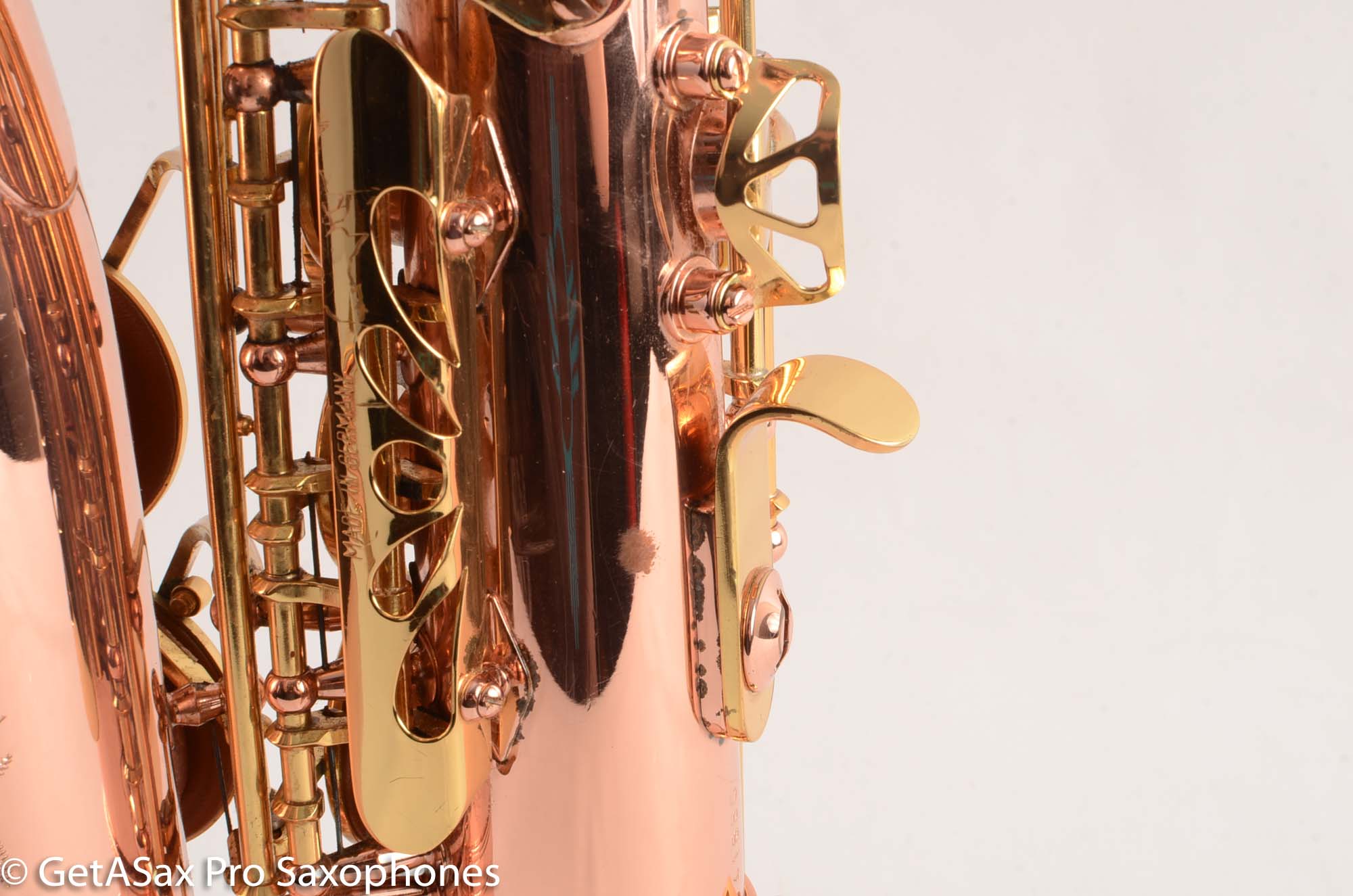
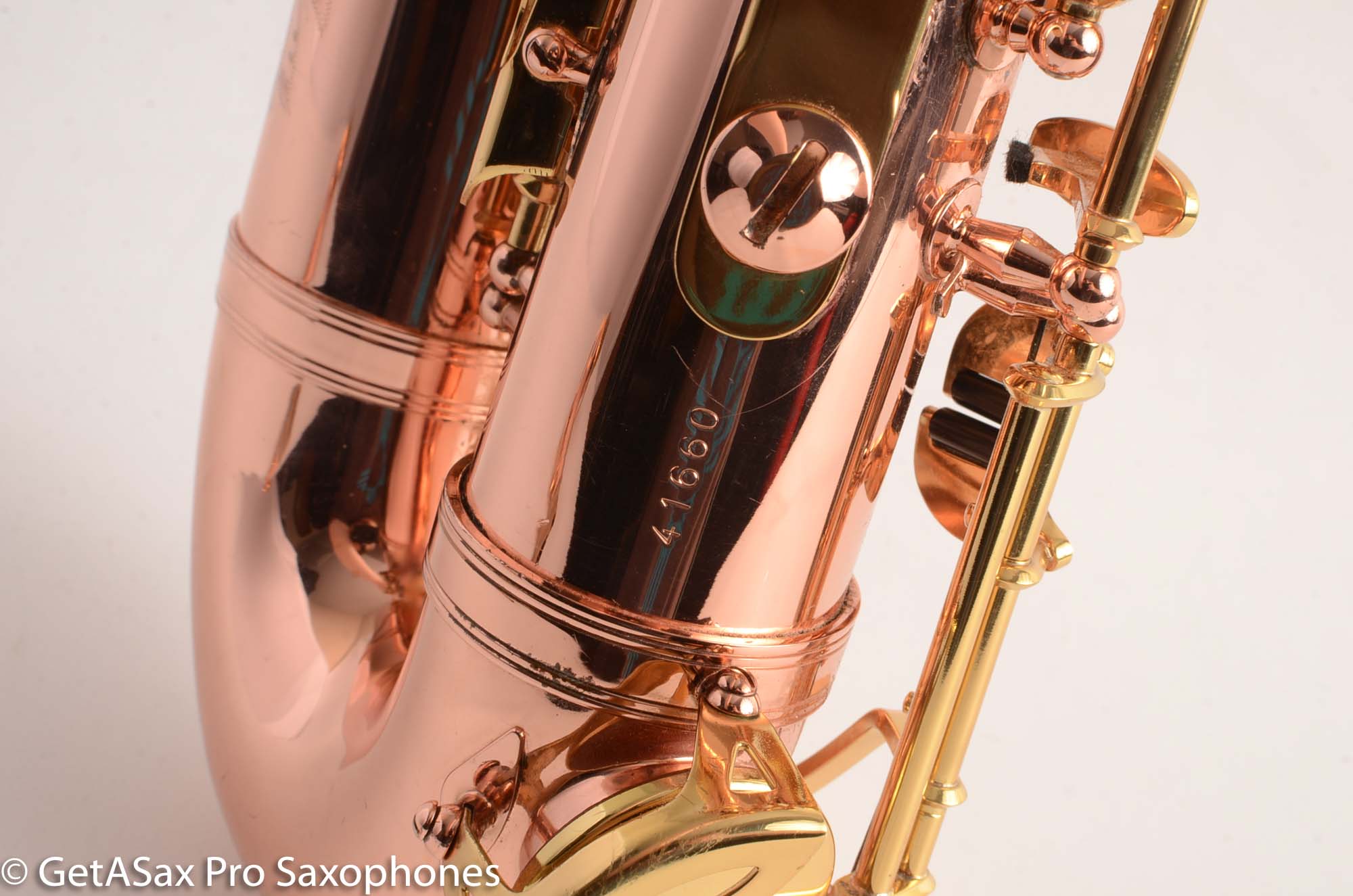
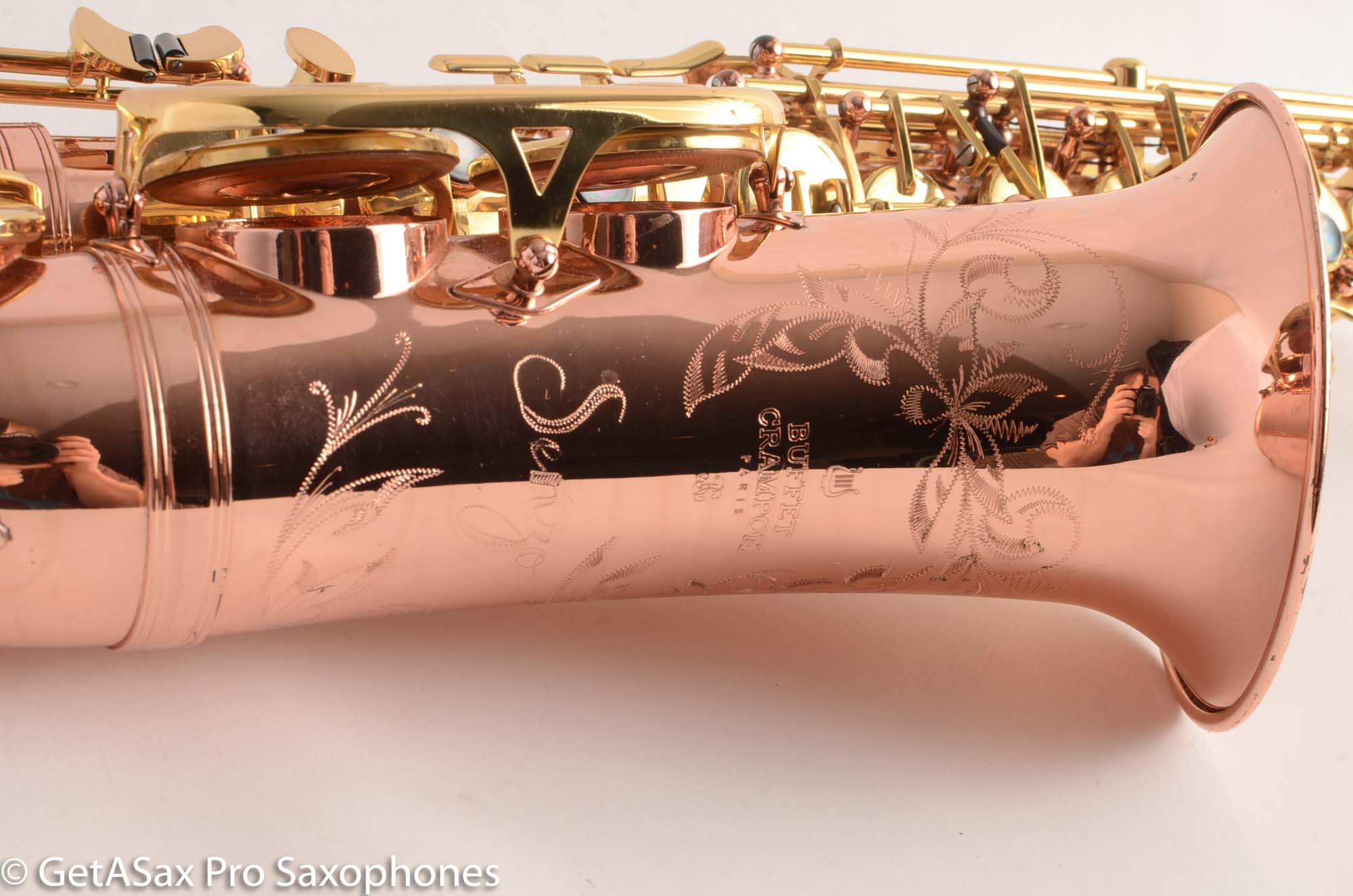
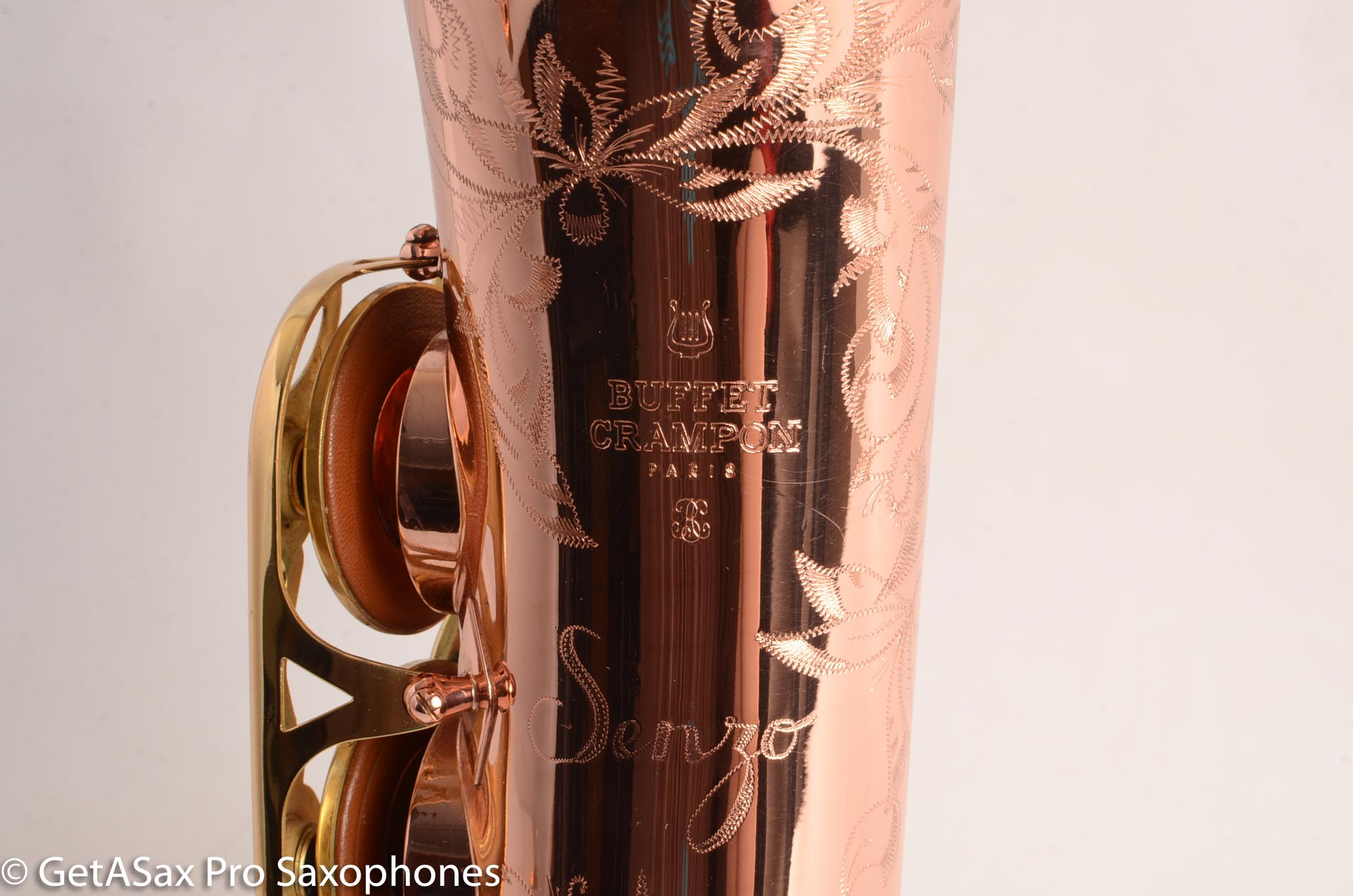
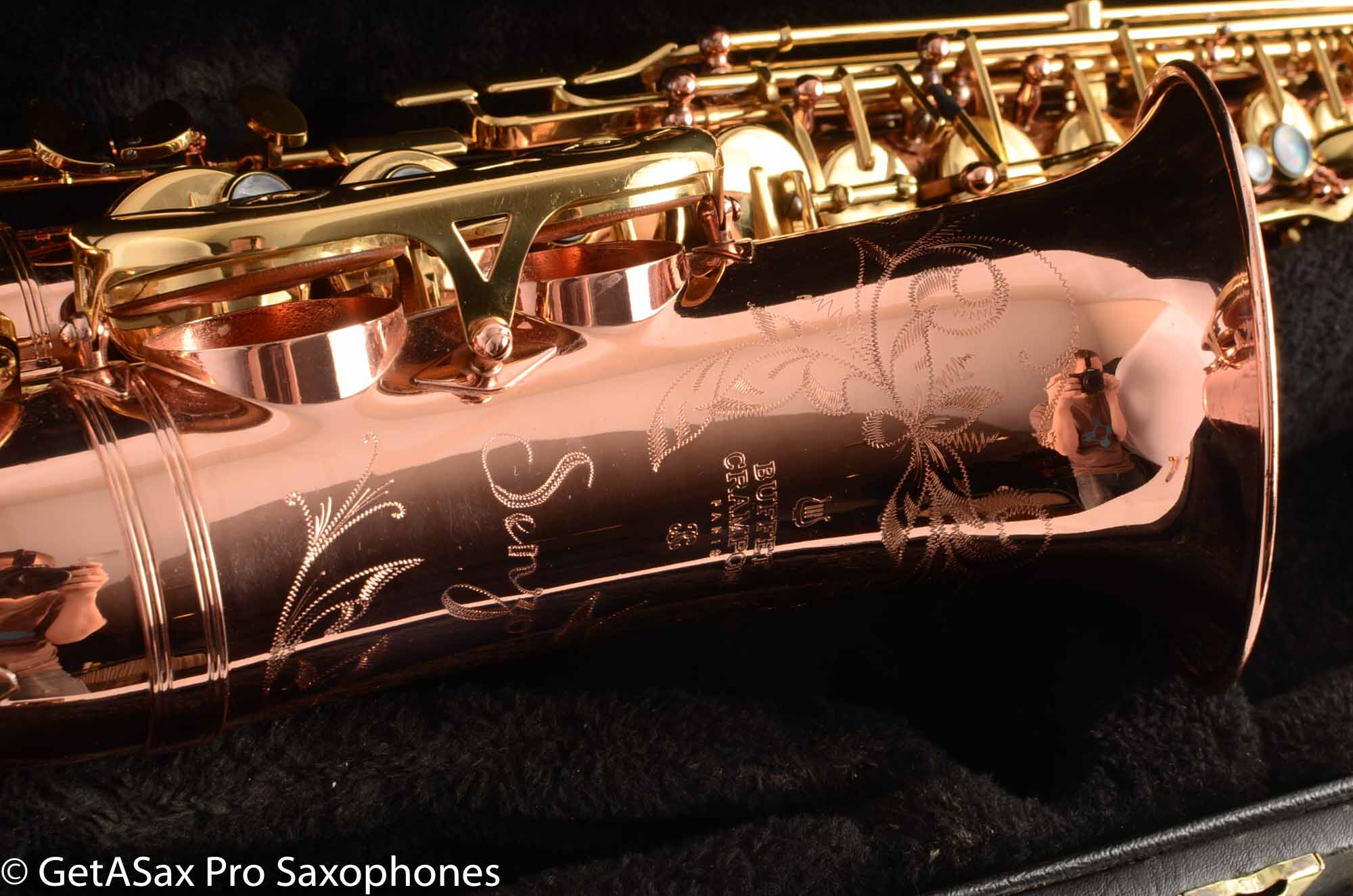
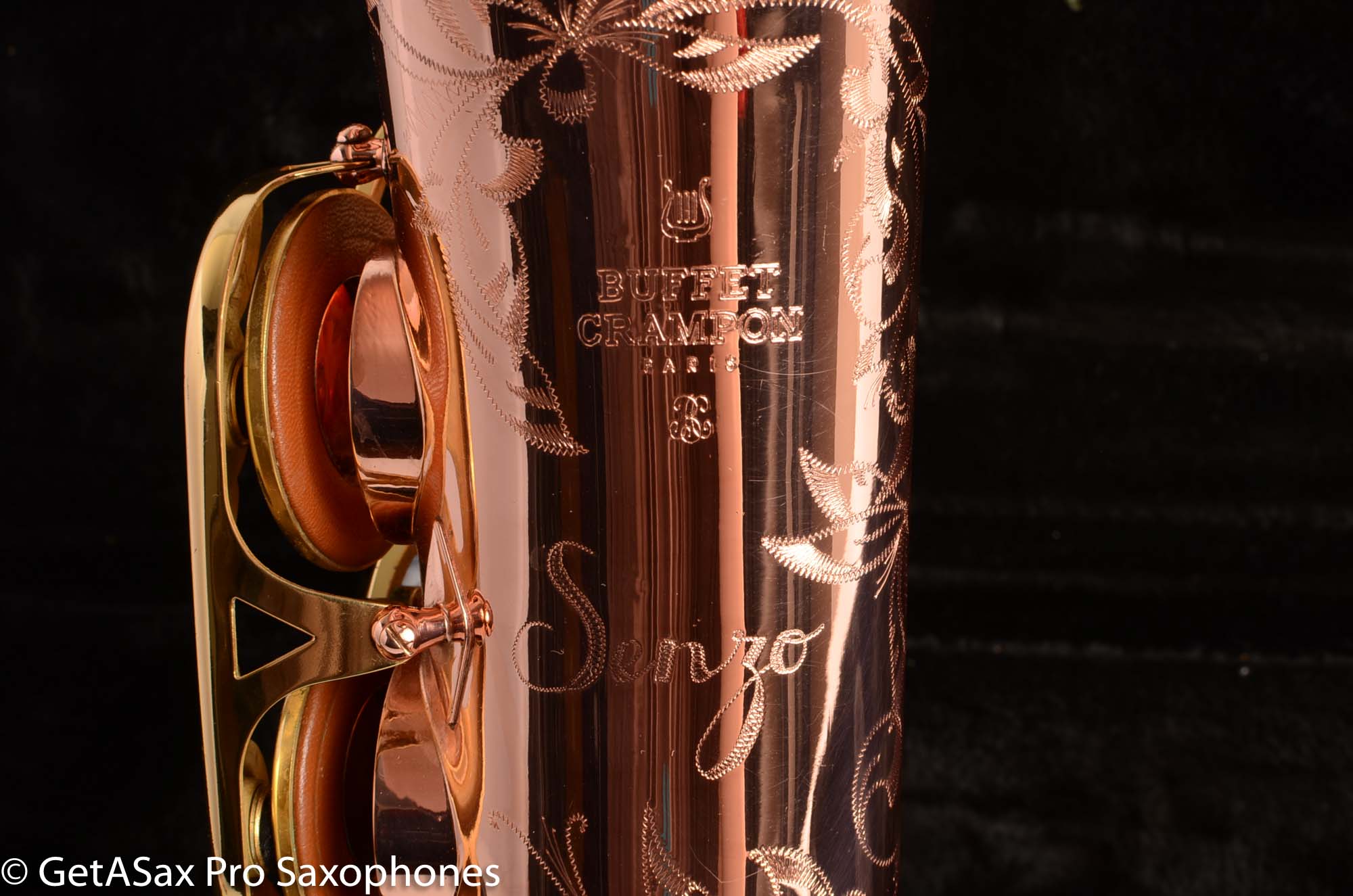
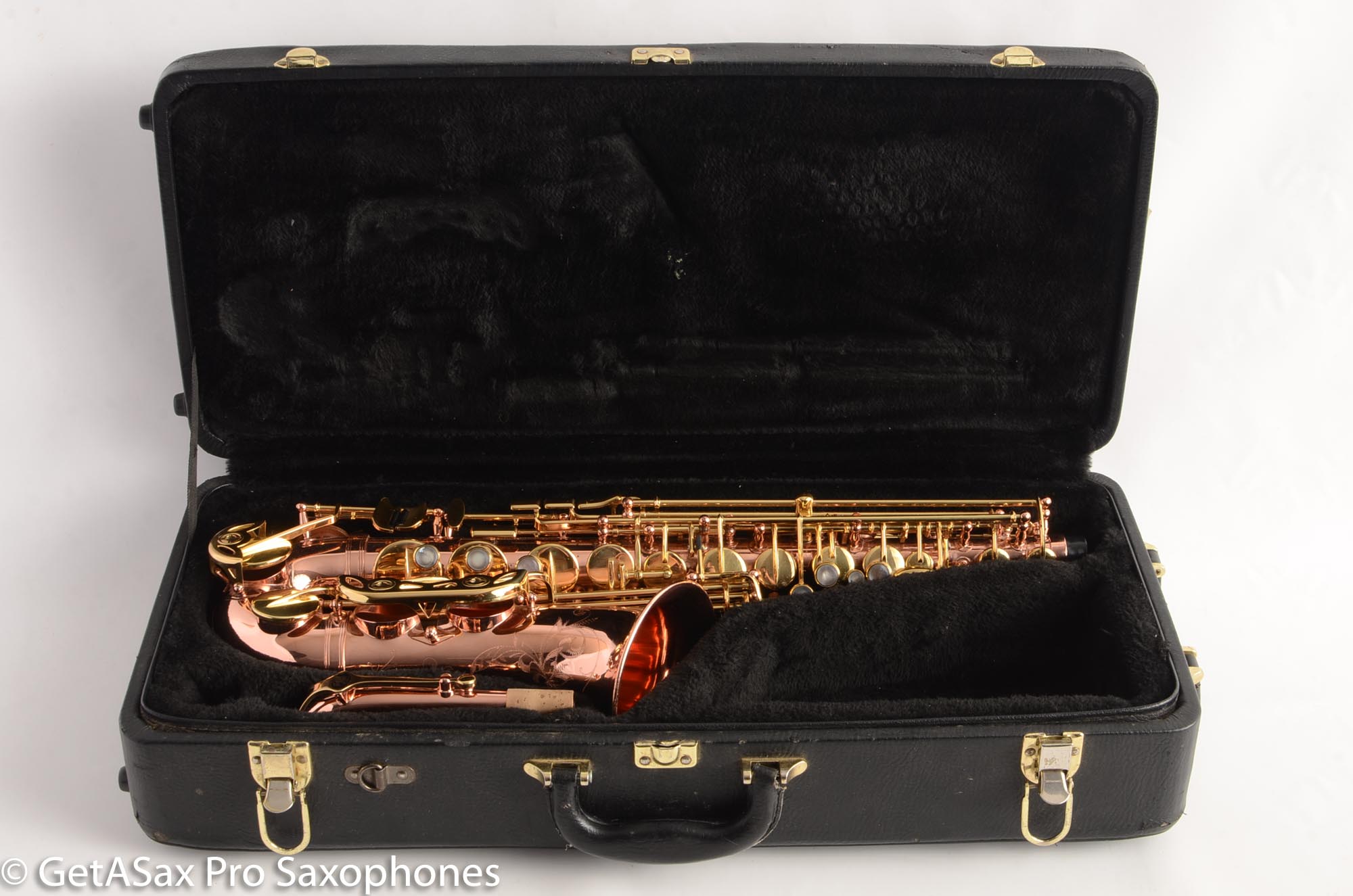
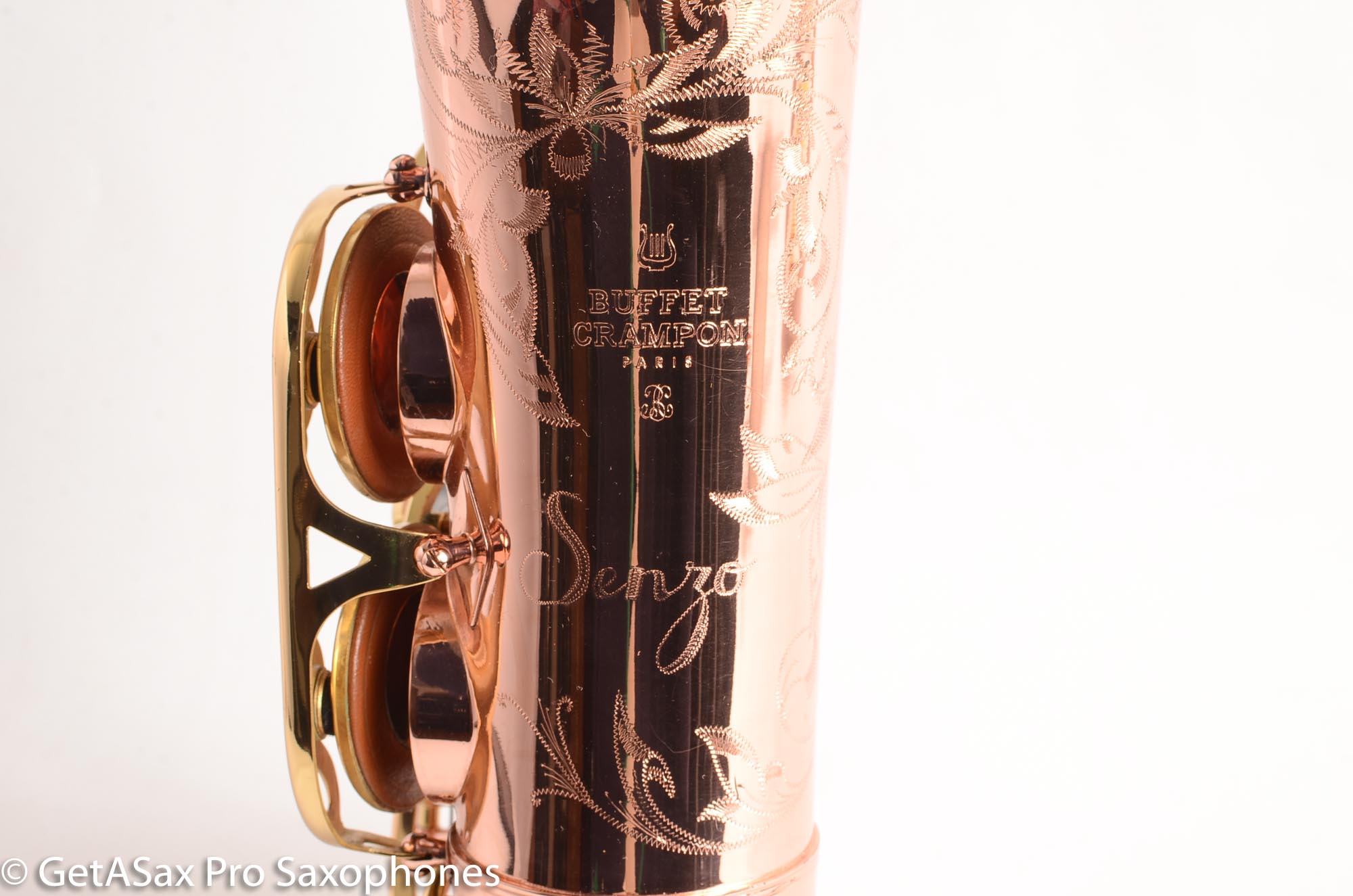
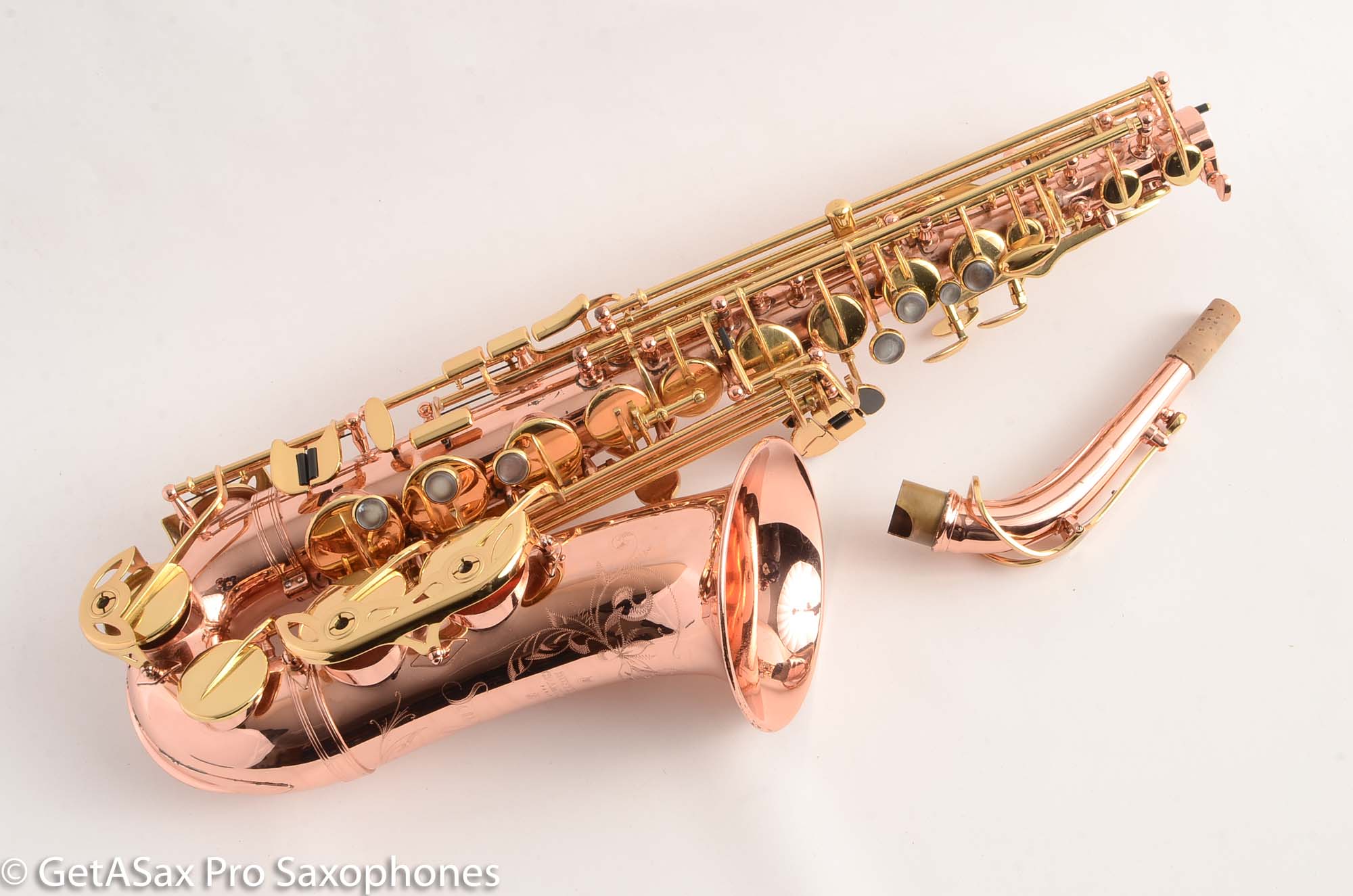
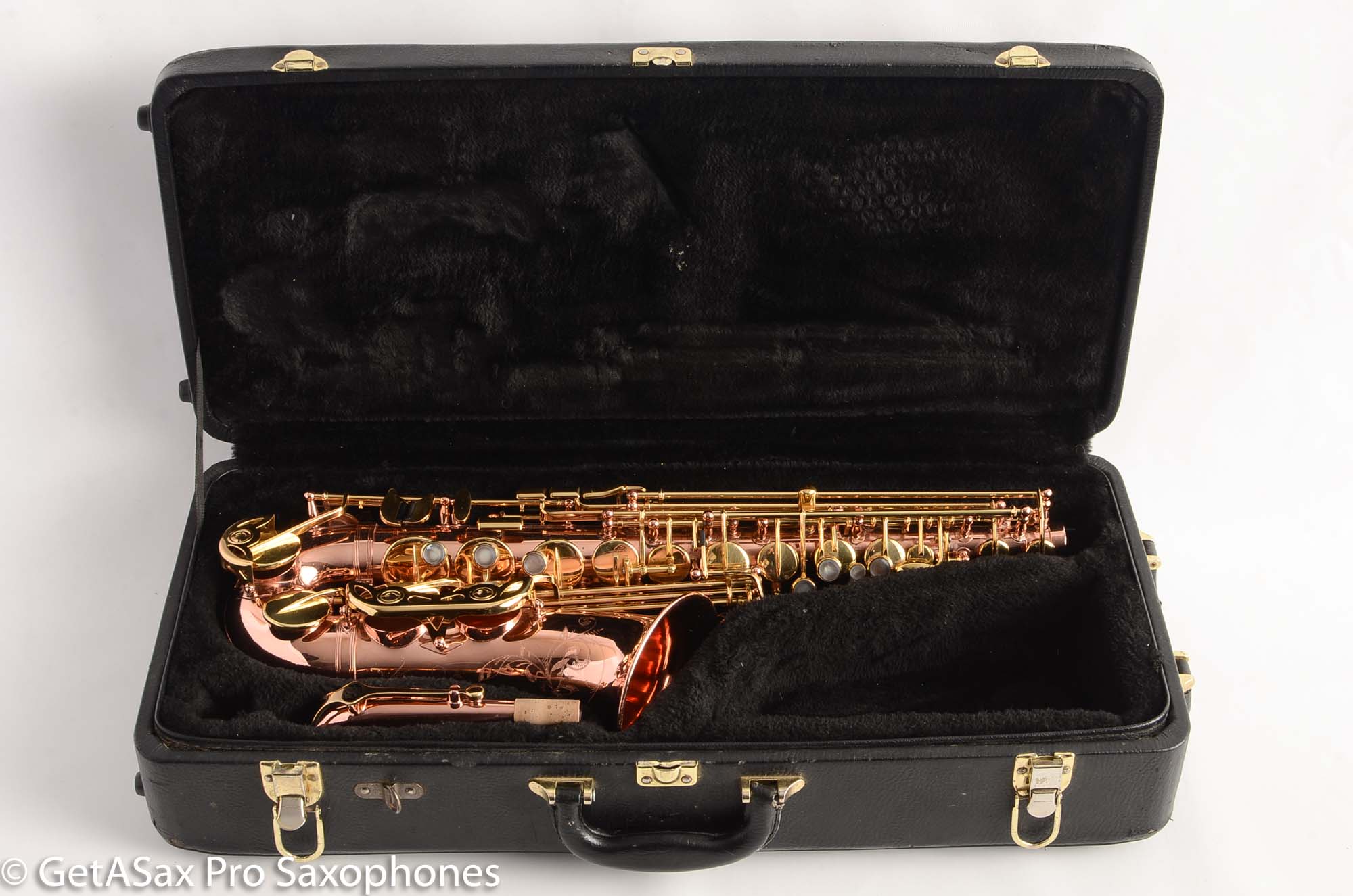

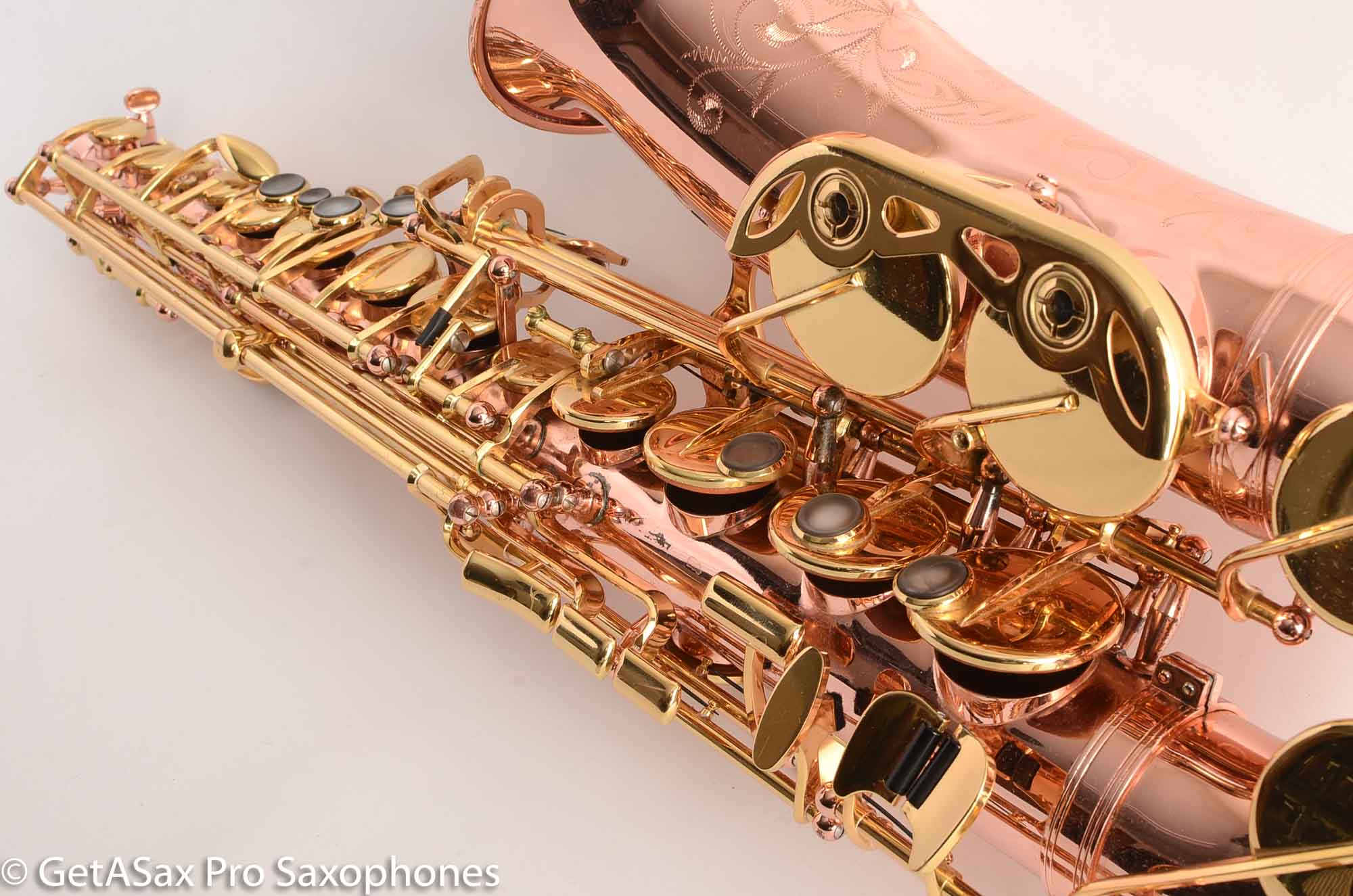
Reviews
There are no reviews yet.